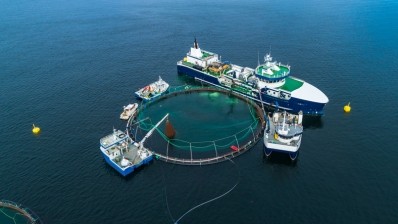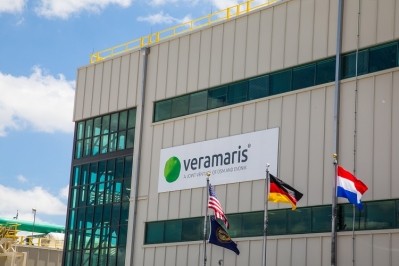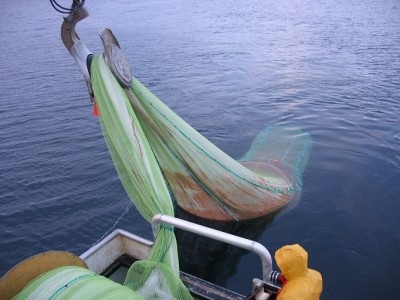Nebraska site picked for Evonik, Royal DSM omega-3 joint venture

The two companies, Netherlands-based, DSM, and Germany-based, Evonik, announced in March that they intend to form a joint venture called Veramaris for the project.
Both businesses are set to invest about $100m each in the facility over a two-year period. When complete, the facility is expected to produce about 15% of the salmon aquaculture industry’s annual demanda for eicosapentaenoic acid (EPA) and docosahexaenoic acid (DHA).
Construction on the joint facility is set to start in 2017, said a spokesperson with DSM.
“Evonik and DSM bring complementary competencies to the joint venture,” the spokesperson told us. “DSM has expertise in the cultivation of marine organisms including algae and biotechnology capabilities in development and operations, while Evonik’s focus has been on developing industrial biotechnology processes and operating competitively large-scale manufacturing sites for fermentative amino acids.”
Facility details and market
The commercial-scale production facility is expected to be complete in 2019, the two companies said.
The Blair site was selected to take advantage of Evonik’s operational experience for large-scale biotechnology operations, they reported. Evonik currently has had a facility in that area producing the amino acid lysine for about 20 years, and the new plant would be adjacent to that location.
The plant also will have access to raw materials needed in the production process, the companies said.
The algal oil generated is set to be available globally, the spokesperson said. However, initial products are going to be focused on use in two feed markets – salmon aquaculture and pet food.
“DSM and Evonik are also pursuing applications for other aquatic and terrestrial animal species,” he said.
Omega-3 production
The facility is a “backward integrated site,” said the DSM spokesperson. It was built to allow for large-scale fermentation for concentrated algal oil.
“We expect the supply of raw materials needed for producing the omega-3 source to be excellent and reliable thanks to the adjacent site of Cargill with whom there is a long-established partnership,” he said.
The micro algae used for the production of DHA and EPA was initially sourced from a marine environment, the spokesperson said.
“The strain we use, Schizochytrium, is a heterotrophic organism producing both omega-3-fatty acids EPA and DHA,” he said. “It is particularly suitable for large-scale fermentation processes, as it does not depend on sunlight.”
The companies said that the product is the first liquid, non-fish based source of omega-3 and that it offers a high concentration of active ingredients – comprising more than 50% of the product.
“Feed and pet food producers can apply it in the same way that fish oil is currently used,” the spokesperson said. “This is one of the great advantages; there is absolutely no need to change processes since our product can easily be introduced in existing operations.”












